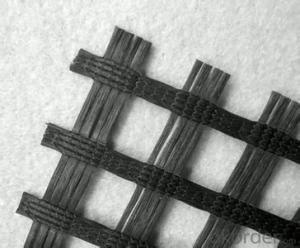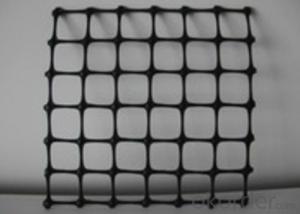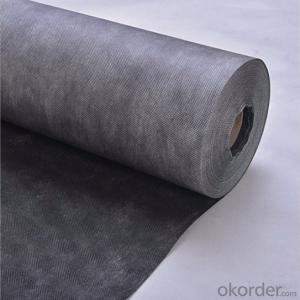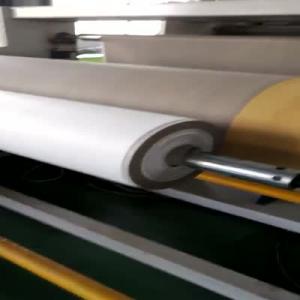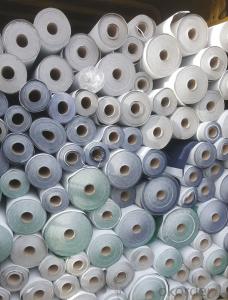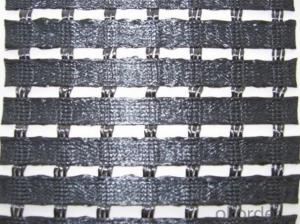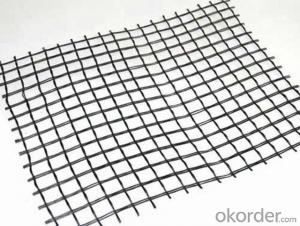Fiberglass Geogrid Manufactuer for Road Construction Use
- Loading Port:
- Qingdao
- Payment Terms:
- TT or LC
- Min Order Qty:
- 5000 m²
- Supply Capability:
- 500000 m²/month
OKorder Service Pledge
OKorder Financial Service
You Might Also Like
Fiberglass Geogrid Introduction
Fiberglass geogrid is based on fiberglass woven cloth coated with modified bitumen or PVC, it was developed to address the problem of pavement cracking on highways, roads and runways, driven by a need to reduce cost for infrastructure maintenance and repair.
Fiberglass Geogrid Features
It is characterized by high tensile strength in axial and lateral directions low stretch rate, alkaili-resistance, low temperature-assistance as well as convenience in construcion and low price. It can be used on pitch pavement to prevent cracks and prolong pavement service life. It also can be used as a basal reinforcement material for hillsides, reservoirs, harbors, ports, water channels, seawalls, etc.
Fiberglass Geogrid Products Advantages
High strength
High modulus
Low temperature resistance
Very convenience in construction
Very competitve price
Fiberglass Geogrid Specifications
Item : | Best selling fiberglass geogrid with non woven |
Material : | Non woven |
Feature : | Biodegradable and Printing logo never rub off |
Industrial Use: | Shopping/Apparel/Packaging/Grocery, etc |
Custom Order : | Accept |
Color : | Customized can reach 10 colors |
Shipping & Payment: | |
Price : | very competitive in China |
MOQ: | 5,000 pcs |
Samples: | Free sample offered |
Samples lead time : 8-15 days,depends on your order | |
Refund part/full of the sample fee after order confirmed | |
Delivery Time : | 10-15 days |
Port : | Guangzhou/Shenzhen/Hongkong |
Payment Terms: | T/T,L/C, |
50% deposit,and 50% balance before shipment. | |
Certificates: | ISO9001/ISO2008/SGS/ROHS |
Fiberglass Geogrid Photos
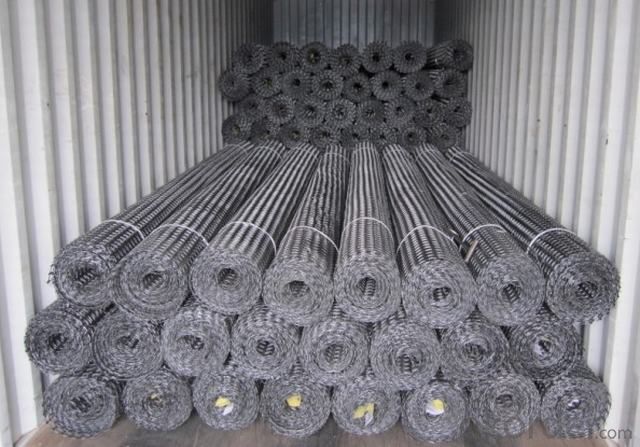
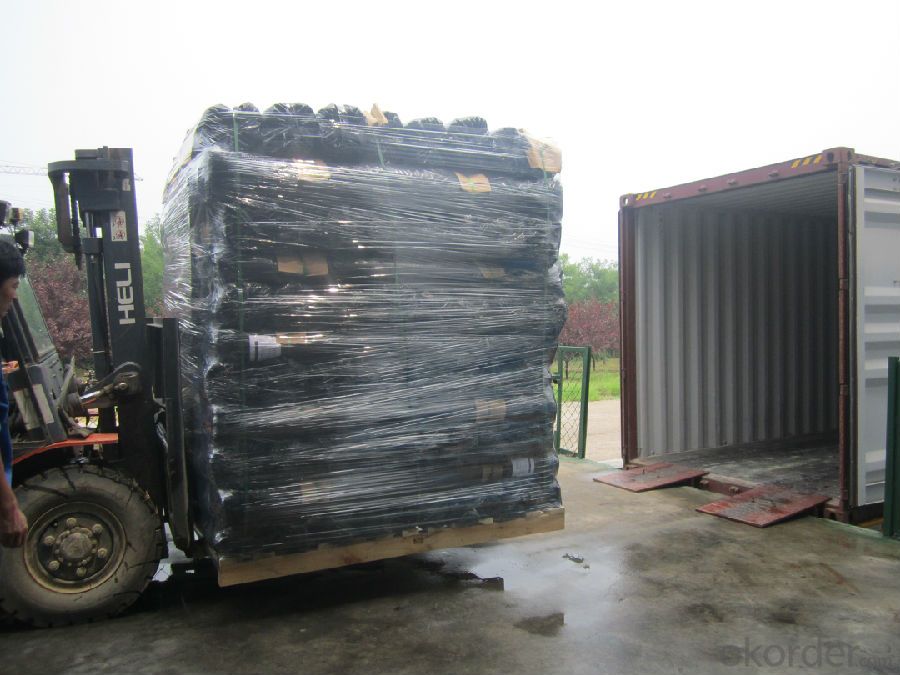
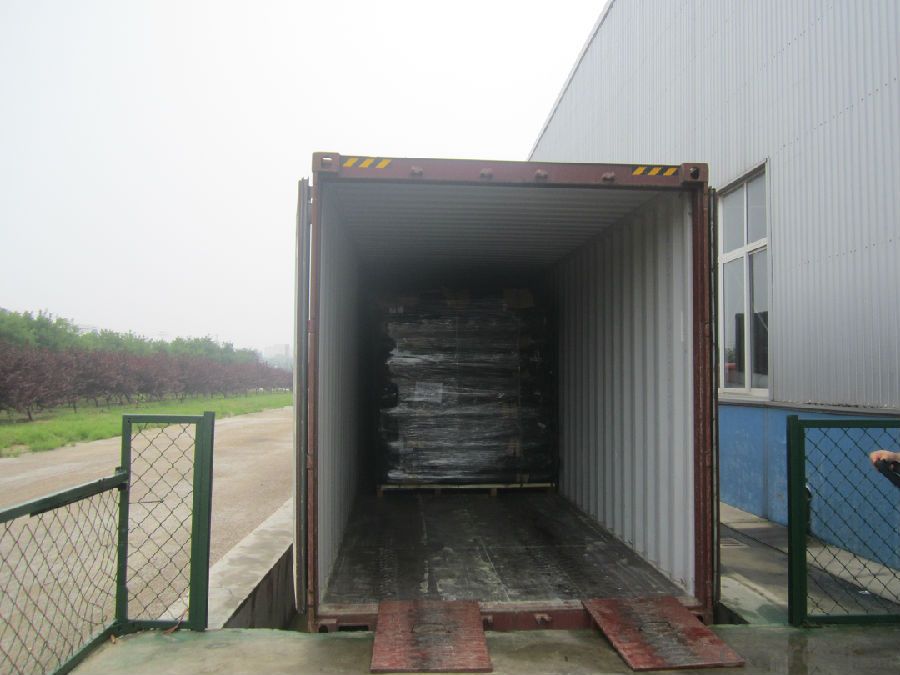
FAQ
1. What's the usage of geogrid?
It's used for reinforce the roadbeds in softe soil, railway, tunnel, slope and embankment etc. It has good performance on preventing the cracks.
2. How about your quality of geogrid?
We have strict quality control system, we make testing on incoming raw material and finished products. Your third party testing is also welcomed. With high quality, our products are used on government projects at home and abroad. Our product quality is accepted by clients from all over the world.
3. What's your payment terms?
T/T, L/C, etc
4. Can you accept free samples?
Yes, our sample are totally free and express fees are usually on buyer's account.
- Q:What does the geotextile 200# mean?
- 200 grams, the unit is g/ square meters per square metre, representing the weight of Geotextiles
- Q:What is the difference between bidirectional geogrid and unidirectional high strength geogrid
- The uniaxial geogrid is uniform holes in the polymer extrusion molding, and then heated and shaped mesh material, according to the different raw materials can be divided into one-way one-way polyethylene polypropylene geogrid, geogrid
- Q:What are the factors that affect the design and selection of geogrids for geosynthetic reinforcement of steep slopes?
- There are several factors that affect the design and selection of geogrids for geosynthetic reinforcement of steep slopes. These include the slope gradient, soil type, anticipated loadings, and project requirements. The geogrid's tensile strength, aperture size, and junction efficiency also play a crucial role in determining its suitability for the specific slope reinforcement application. Additionally, factors such as installation methods, durability, and cost-effectiveness are considered during the selection process. Overall, a comprehensive analysis of these factors ensures the appropriate design and selection of geogrids for effective and reliable geosynthetic reinforcement of steep slopes.
- Q:What are the quality assurance measures for geogrid installation?
- Quality assurance measures for geogrid installation include: 1. Proper preparation of the subgrade: Ensuring that the subgrade is well-graded, compacted, and free from any debris or vegetation is crucial before geogrid installation. This ensures a stable base for the geogrid and enhances its effectiveness. 2. Correct geogrid selection: Choosing the appropriate type and strength of geogrid based on the specific project requirements and design specifications is essential. This involves considering factors such as load capacity, soil type, and expected performance. 3. Accurate geogrid placement: Ensuring that the geogrid is correctly positioned and securely anchored is vital for its effectiveness. Careful attention should be paid to the alignment, overlap, and anchorage of the geogrid to prevent any shifting or displacement during and after installation. 4. Proper tensioning: Geogrids need to be adequately tensioned to achieve the desired tensile strength and load distribution. This requires following manufacturer guidelines and using appropriate tensioning equipment to achieve the recommended elongation or strain. 5. Regular inspection and testing: Conducting frequent inspections during geogrid installation helps identify any defects, damage, or non-compliance with specifications. Additionally, conducting pull-out tests or other relevant performance tests can verify the geogrid's adherence to the desired strength and load-bearing capacity. 6. Documentation and record-keeping: Maintaining comprehensive documentation of geogrid installation, including materials used, installation procedures, test results, and any deviations or corrective actions taken, ensures traceability and accountability. This documentation can be valuable for quality control and future reference. By implementing these quality assurance measures, geogrid installation can be carried out effectively, ensuring the desired performance and longevity of the geogrid system.
- Q:What are the technical parameters and testing standards of the tensile creep testing machine
- 900mm; 5 effective width: 350mm; 6: 0.03mm; precision measurement of displacement measurement error: 7 time less than 1%; 8 may refer to
- Q:What is the difference between geocell and geogrid
- Geocell:Product Description: geocell is made of high strength HDPE broadband, through a strong welding and the formation of a network of grid room structure. The utility model has the advantages of flexible expansion, and can be folded when being transported, and when the utility model is used, the utility model can be filled with earth and stone or concrete materials, and the structure of the utility model has the advantages of strong lateral confinement and large steel. The utility model can be used as a cushion to deal with the bearing capacity of the foundation with the soft foundation, and can also be arranged on the slope to form a slope protection structure, and can also be used for constructing the retaining structure, etc..
- Q:Product features: high strength, small deformation; creep; corrosion resistance, long service life: steel plastic geogrid with plastic material as a protective layer, which is supplemented with a variety of additives in aging resistance, oxidation resistance, corrosion resistance to acid and alkali, salt and other harsh environment
- What dialect! Is Chinese
- Q:Are geogrids suitable for use in high-traffic areas?
- Yes, geogrids are suitable for use in high-traffic areas. Geogrids are specifically designed to provide reinforcement and stability to soils and aggregate materials. They are capable of distributing load forces and reducing deformation, making them ideal for high-traffic areas such as roadways, parking lots, and industrial yards. Geogrids enhance the durability and lifespan of these surfaces, ensuring they can withstand heavy traffic loads without significant deterioration.
- Q:Can geogrids be used in ground stabilization for pipelines?
- Yes, geogrids can be used in ground stabilization for pipelines. Geogrids are commonly used in pipeline construction to reinforce the soil and prevent lateral movement or settlement. They provide additional support and stability to the ground, ensuring the pipeline remains in place and minimizes the risk of damage or failure.
- Q:What are the differences between geogrids and geocells?
- Geogrids and geocells are both geosynthetic materials used in civil engineering and construction projects, but they have some key differences. Geogrids are typically made from high-strength polymers and have a grid-like structure with open spaces. They are used to reinforce and stabilize soil, especially in applications like retaining walls, slopes, and roadways. Geogrids provide tensile strength and distribute loads, preventing soil erosion and enhancing stability. On the other hand, geocells are three-dimensional honeycomb-like structures made from various materials, such as high-density polyethylene (HDPE). Geocells are used for soil confinement and erosion control. They are filled with soil, aggregate, or other materials and create a stable platform for construction projects, such as roadways, load-bearing surfaces, and erosion control applications. Geocells offer excellent load distribution, erosion resistance, and confinement capabilities. In summary, while both geogrids and geocells serve as reinforcements in civil engineering projects, geogrids focus on providing tensile strength and load distribution, while geocells excel in soil confinement, erosion control, and load-bearing capabilities.
1. Manufacturer Overview |
|
|---|---|
| Location | |
| Year Established | |
| Annual Output Value | |
| Main Markets | |
| Company Certifications | |
2. Manufacturer Certificates |
|
|---|---|
| a) Certification Name | |
| Range | |
| Reference | |
| Validity Period | |
3. Manufacturer Capability |
|
|---|---|
| a)Trade Capacity | |
| Nearest Port | |
| Export Percentage | |
| No.of Employees in Trade Department | |
| Language Spoken: | |
| b)Factory Information | |
| Factory Size: | |
| No. of Production Lines | |
| Contract Manufacturing | |
| Product Price Range | |
Send your message to us
Fiberglass Geogrid Manufactuer for Road Construction Use
- Loading Port:
- Qingdao
- Payment Terms:
- TT or LC
- Min Order Qty:
- 5000 m²
- Supply Capability:
- 500000 m²/month
OKorder Service Pledge
OKorder Financial Service
Similar products
New products
Hot products
Hot Searches
Related keywords









